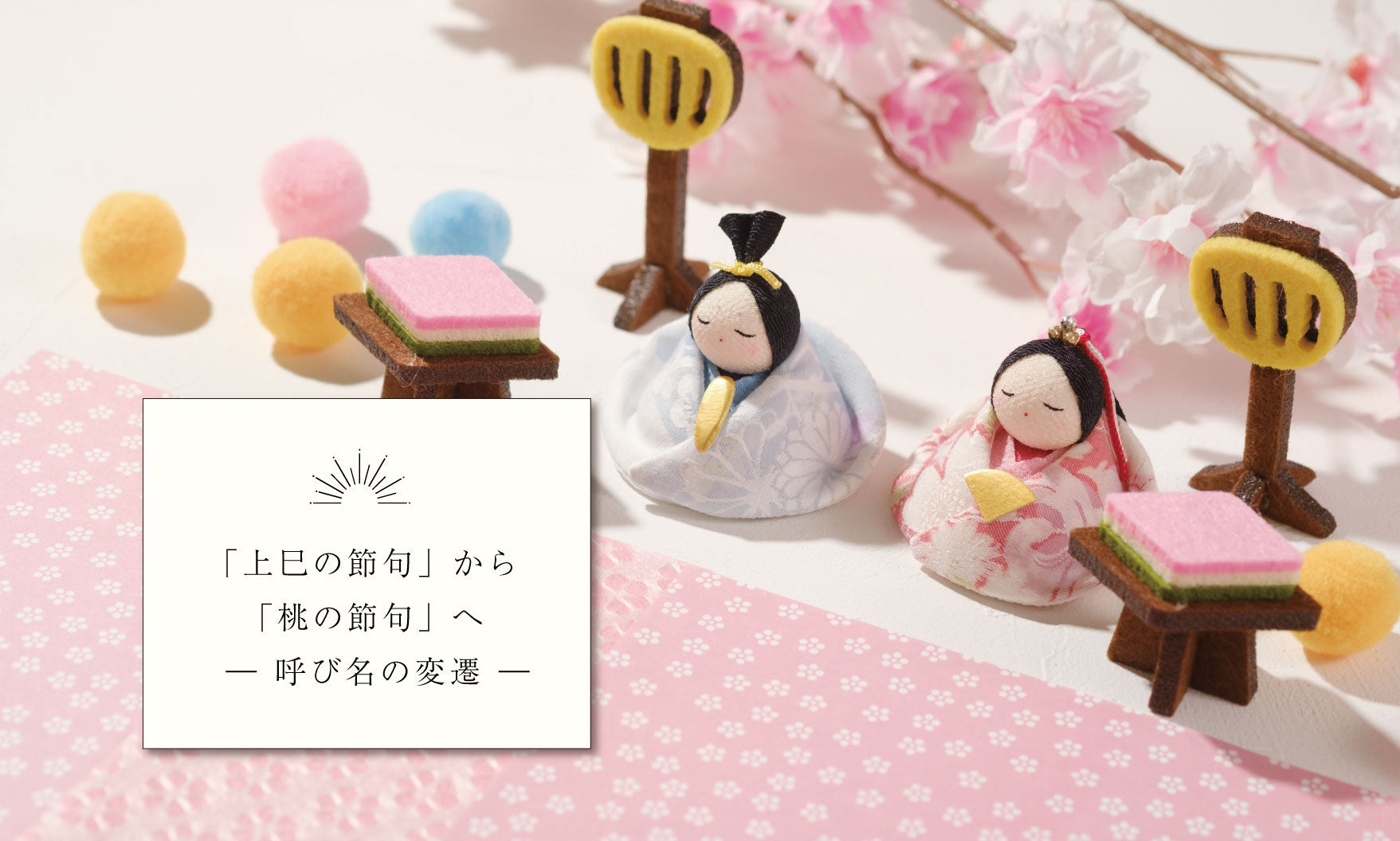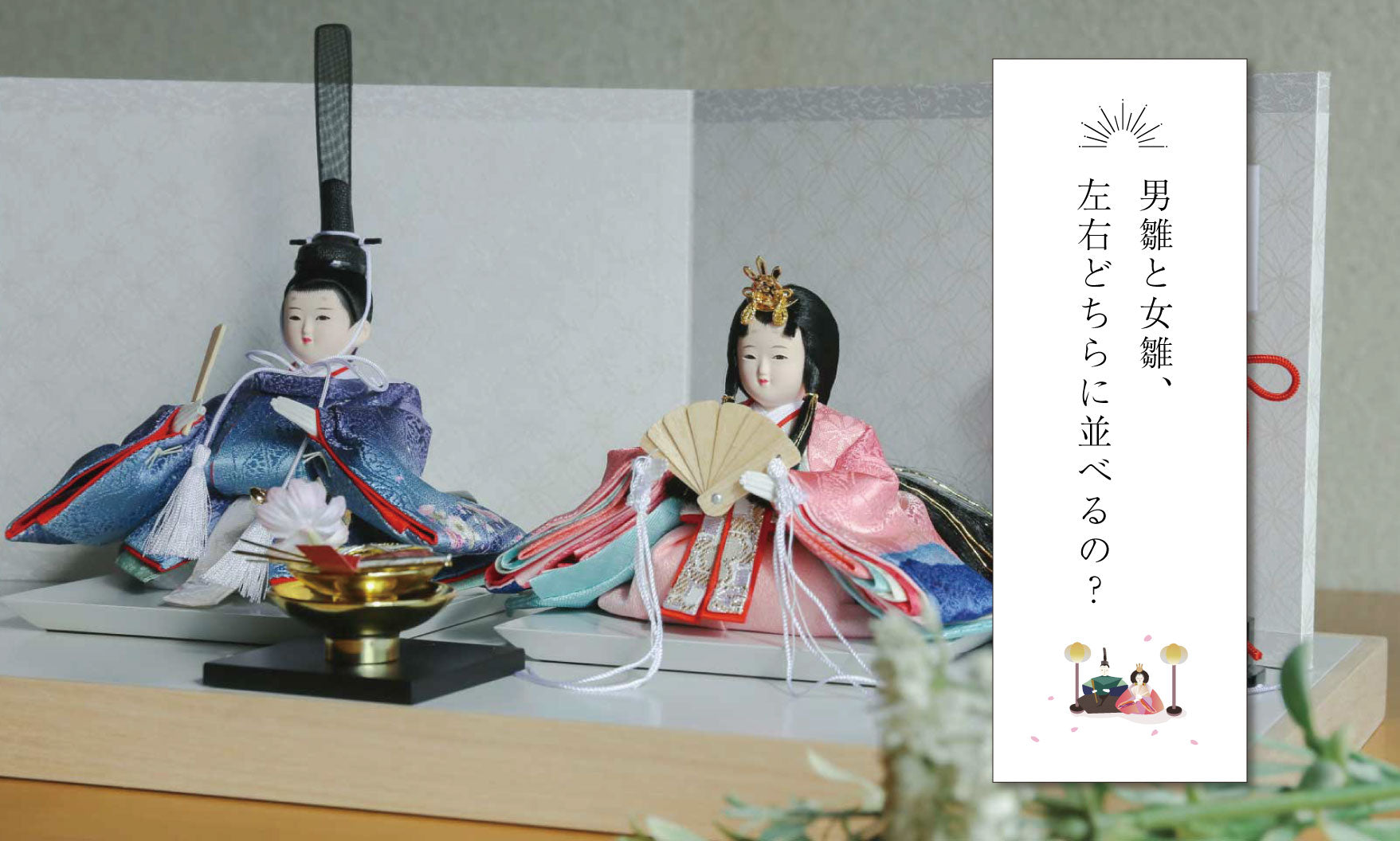The origin of Hina dolls can be traced back to "Hina-asobi," a type of doll-playing game enjoyed by the daughters of aristocrats during the Heian period.
Dressing dolls in kimonos and collecting small everyday items... It is not just a game, but has been cherished and passed down as part of seasonal events, daily life discipline, and education.
Additionally, the various games that girls enjoyed at the time, such as "shell matching" and "sugoroku," also have a connection to the Japanese sensibility that is present in modern-day Hinamatsuri.
In this article, we will explore the elegant world of the Heian period that lies behind Hinamatsuri through the graceful Japanese games associated with Hina dolls.
■ Hina Play (Hina Play)

Children enjoy playing house using small dolls made from paper and clay.
You can dress the dolls in clothes and arrange the furniture, just like in a modern dollhouse.
They learned life wisdom and etiquette, and it was an important part of the education for girls.

■ Shell Matching

Find and match matching shells to enjoy your memory and senses.
Have fun searching for beautiful pictures or Japanese paintings on the inside of the clams, or matching shells.
Since the shells are used in a game where they are only played with the same shells, they are also a symbol of ``accompaniment to one person in a lifetime'' and are used as wedding and Hina dolls accessories.
■ Tosenkyo

The game begins with throwing the folding fan, a graceful and elegant affair.
The objective is to decorate the area with butterfly motifs, and competitors compete based on elegant score cards.
Fans and other ornaments are often used to decorate Hina dolls, and this is a play that evokes a common aesthetic sense of butterfly design.

■ Karuta (Singing Karuta)

An ancient Japanese card game where you can laugh and play about waka poetry and words.
There are many different types of karuta, including "educational karuta" that aim to be friendly to classical literature such as the Hyakunin Isshu, and "picture karuta" that can be enjoyed as word games.
During the Girl's Festival season, the sight of families gathering together to play karuta has long been a cherished tradition.
■ Otewa, ohajiki, origami, etc. (Edo to Meiji period and after)

As time went on, simple toys such as beanbags, marbles, and paper became popular among girls.
These are all games filled with the beauty of color, shape, and hand movements, and are full of Japanese aesthetics.
It was popular for a long time right up until the Showa era, and is still sometimes recreated today for events such as Hinamatsuri (Girl's Day).
■ Hinamatsuri games are a time to convey wishes
"Japanese games" are not just for fun, but also serve the role of naturally conveying the teachings and thoughts contained in the games to children. Both displaying and playing with the Hina dolls are the expression of the family's hopes for their children to grow up healthy and look forward to a happy life.







